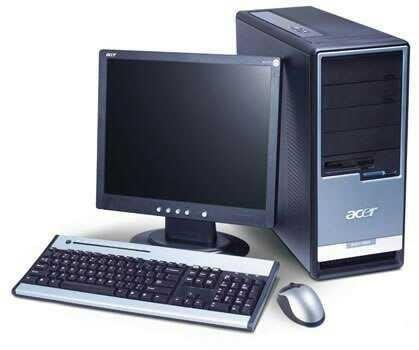A microcomputer is a small computer built around a microprocessor integrated circuit, or chip. Whereas the early minicomputers replaced vacuum tubes with discrete transistors, microcomputers (and later minicomputers as well) used microprocessors that integrated thousands or millions of transistors on a single chip. In 1971 the Intel Corporation produced the first microprocessor, the Intel 4004, which was powerful enough to function as a computer although it was produced for use in a Japanese-made calculator. In 1975 the first personal computer, the Altair, used a successor chip, the Intel 8080 microprocessor. Like minicomputers, early microcomputers had relatively limited storage and data-handling capabilities, but these have grown as storage technology has improved alongside processing power.
In the 1980s it was common to distinguish between microprocessor-based scientific workstations and personal computers. The former used the most powerful microprocessors available and had high-performance colour graphics capabilities costing thousands of dollars. They were used by scientists for computation and data visualization and by engineers for computer-aided engineering. Today the distinction between workstation and PC has virtually vanished, with PCs having the power and display capability of workstations. 
Authors get paid when people like you upvote their post.
If you enjoyed what you read here, create your account today and start earning FREE STEEM!
If you enjoyed what you read here, create your account today and start earning FREE STEEM!
Hi! I am a robot. I just upvoted you! I found similar content that readers might be interested in:
https://www.britannica.com/technology/computer
Downvoting a post can decrease pending rewards and make it less visible. Common reasons:
Submit